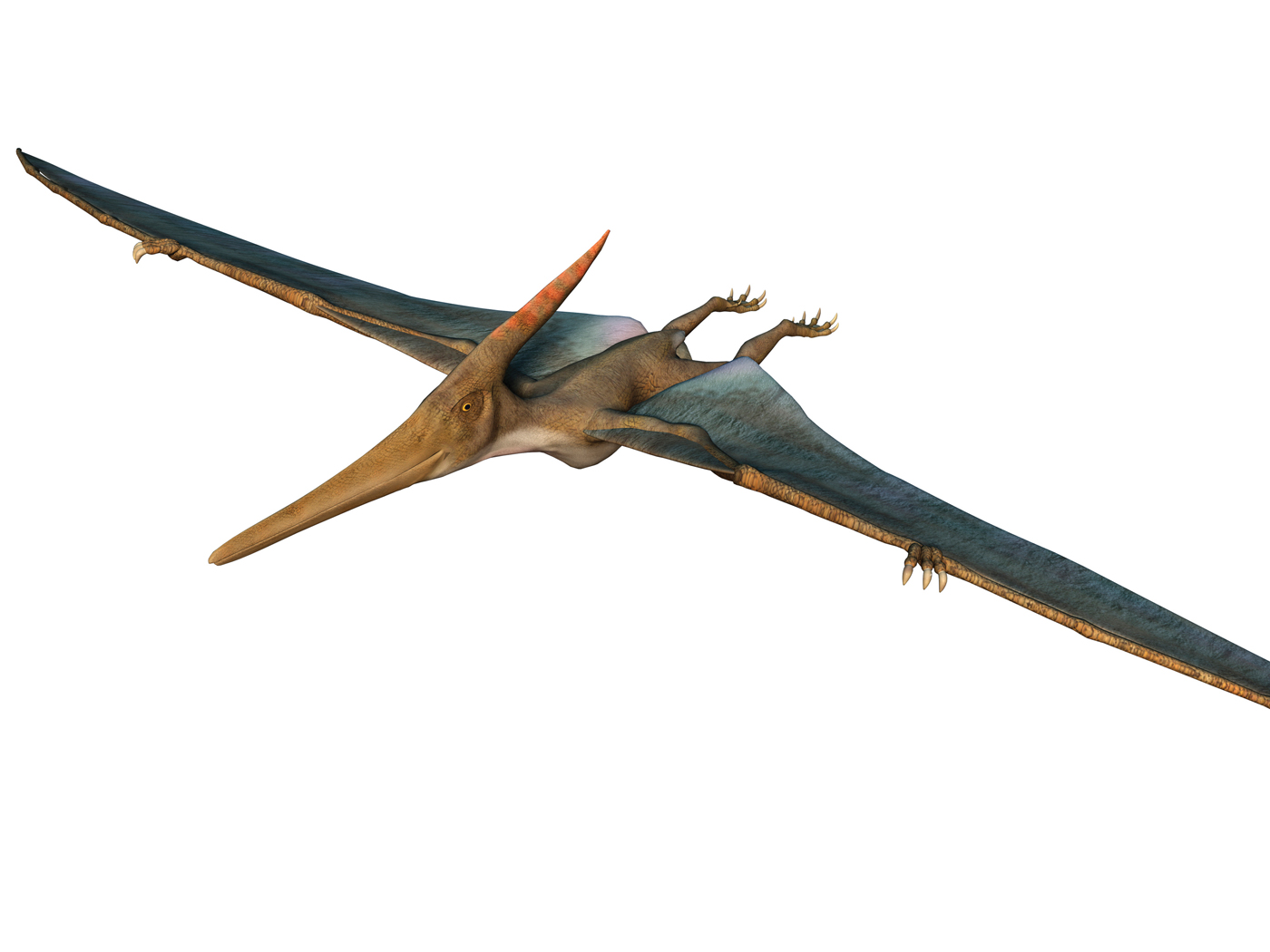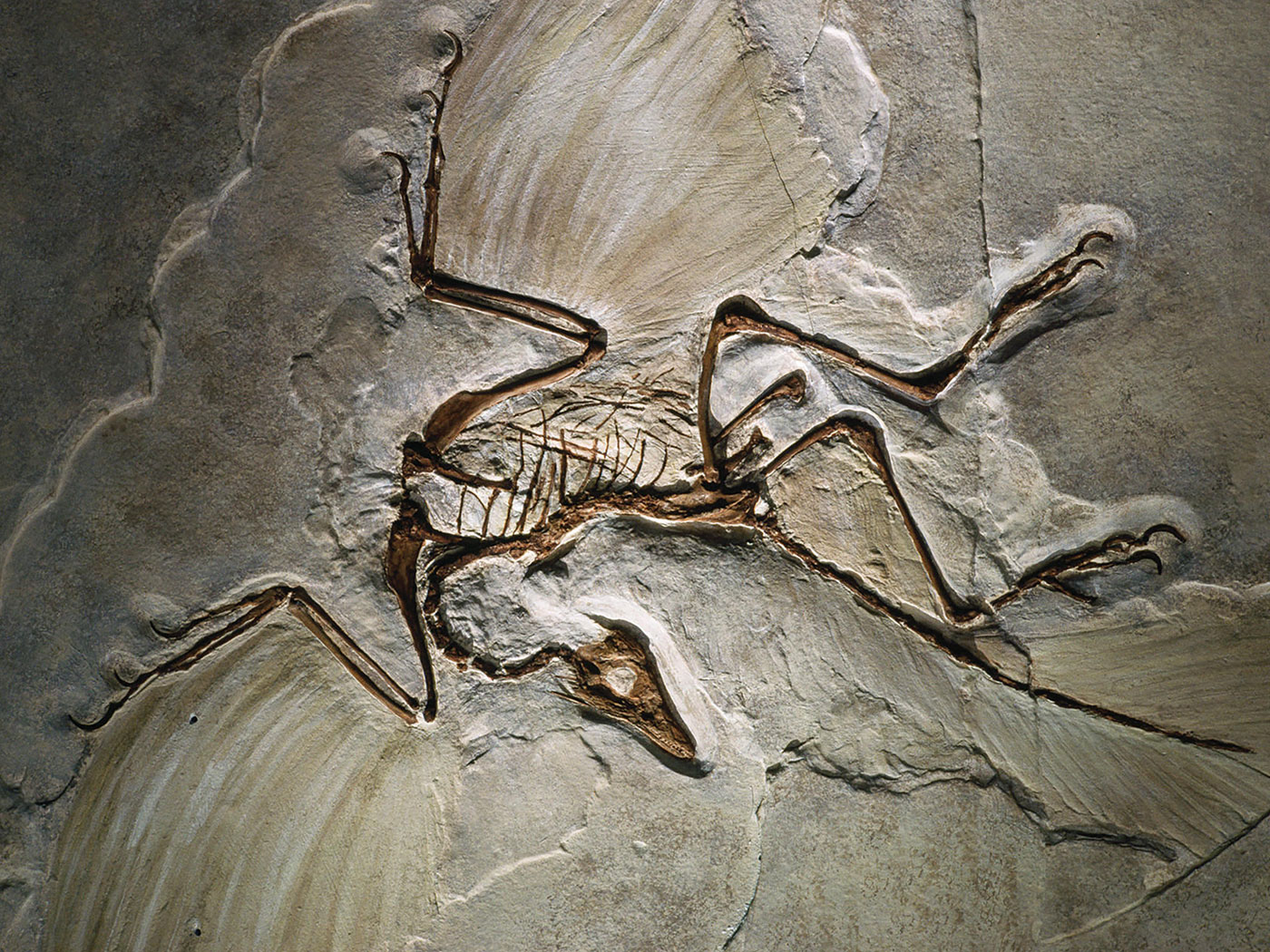About a dozen reports from the last half-decade have described original-tissue fossils, and 2013 added its fair share of finds. Experiments show the biochemicals, cells, and tissues within these fossils decay in far less time than their standard long age assignments require. And this year only saw the soft-tissue fossil challenge intensify.
Since 2005, when the journal Science published stunning photographs of Tyrannosaurus rex blood vessels, many secular scientists have remained skeptical, claiming the vessels were actually bacterial slime trails. They rightly understood that blood vessels do not last even one million years, so they speculated with an alternative explanation that fit their long-ages perspective. But bacteria do not make hollow tubes with red blood cells inside them. Subsequent research disproved the bacteria hypothesis by showing a close match between fossil proteins and modern proteins, and 2013 placed additional nails in the theory’s coffin.
This year, researchers discovered inches-long, thin sheets of whitish soft tissue inside Triceratops horn core after removing the original bone mineral with acid.1 Because the horn was damp when they unearthed it and moisture accelerates tissue degradation, discovering such elastic soft tissues was a surprise.
The same report also described the discovery of bone cells, called osteocytes, still intact inside the fossil horn. The cells look identical in shape to osteocytes in T. rex, hadrosaurs, and modern animal bone. Bacteria do not manufacture large rubbery sheets of tissue or osteocytes, so what’s the reasonable explanation for why these soft tissues persist inside dinosaur bone fossils? The fossils are thousands, not millions of years old.2
In addition, 2013 ushered in the supposed record for the oldest collagen protein ever found in a fossil. Publishing in the journal Nature, paleontologists documented their discovery of bone collagen inside a dinosaur embryo they claimed was 190 million years old. One problem—collagen decay-rate measurements at the temperature of the fossil’s location in southern China imply a maximum age of fewer than one million years.3 How could a specimen be 190 times older than its maximum age?
Almost equally incredible, researchers used new technology to scan a fossil of the famous Archaeopteryx bird, finding pigments and other materials that could only have come from its original feathers.4 To assert, as the authors did, that these molecular feather remnants survived for 150 million years stretches credulity and even logic way past the breaking point. And yet, scientists have given still other fossils unrealistic ages—like the sea lilies designated at twice the assigned age of Archaeopteryx even though they retained enough of their original biochemistry for researchers to find they contained the same pigments made by their living counterparts.5
These 2013 fossils all point to recent deposition, consistent with the Bible’s timing for Noah’s Flood—the event that likely buried them all several thousand years ago. .
References
- Thomas, B. Triceratops Horn Soft Tissue Foils 'Biofilm' Explanation. Creation Science Update. Posted on icr.org March 18, 2013, accessed December 11, 2013.
- Thomas, B. 2013. A Review of Original Tissue Fossils and Their Age Implications. In Proceedings of the Seventh International Conference on Creationism. Horstemeyer, M., ed. Pittsburgh, PA: Creation Science Fellowship, Inc.
- Thomas, B. The Incredible, Edible '190 Million-Year-Old Egg.’ Creation Science Update. Posted on icr.org May 8, 2013, accessed December 11, 2013.
- Thomas, B. Fossil Feather Colors Paint Recent Creation Picture. Creation Science Update. Posted on icr.org June 19, 2013, accessed December 11, 2013.
- Thomas, B. Evidence Doesn't Fade from Colorful Fossils. Creation Science Update. Posted on icr.org March 11, 2013, accessed December 11, 2013.
* Mr. Thomas is Science Writer at the Institute for Creation Research.
Article posted on December 27, 2013.





















